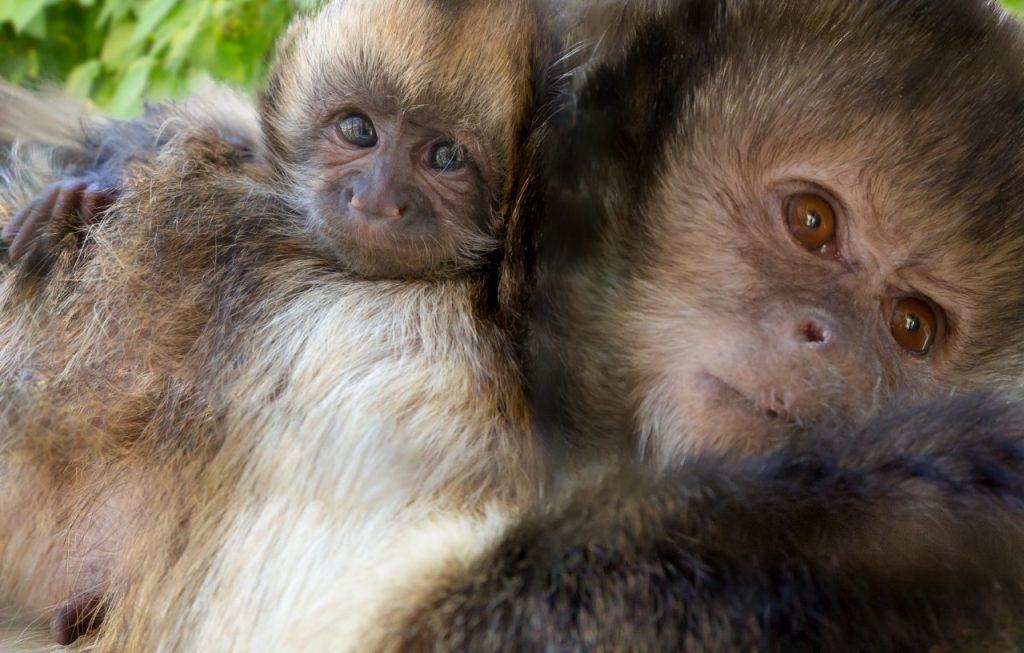Nutrient composition and dietary intake of captive horned guans (Oreophasis derbianus)
Citation
Tovar G, Duncan J, Kuhn E, Cornejo J, Macek M, Dierenfeld E. 2007. Nutrient composition and dietary intake of captive horned guans (Oreophasis derbianus). In Ward A, Hunt A, Maslanka M, Eds. Proceedings of the Seventh Conference on Zoo and Wildlife Nutrition, AZA Nutrition Advisory Group, Knoxville, TN.
Abstract
Captive breeding successes of Oreophasis debianus, the horned guan, have been rare. The nutritional requirements of the species are unknown, and previous studies of its digestive physiology or captive nutritional husbandry have not been published. Three Mexican zoos with successful homed guan breeding programs were selected to evaluate dietary husbandry, including determination of nutrient composition of diets offered and consumed, and compared with the dietary intake of birds in Saint Louis Zoo. Birds were fed morning and afternoon at each facility. The diet offered displayed considerable variation among institutions, both in ingredients fed, as well as in nutrient composition. Feeding selectivity was evident through differences in composition of diets offered vs. consumed, with fruit and avocado highly preferred. Across all four zoos, the amounts offered to the birds were greatly in excess to amounts consumed, providing the birds the opportunity to select among the offered foodstuffs, and consume them in different proportions to offered, such that nutrient imbalances may occur. It is suggested requirements may be met with a diet containing 5-10% protein, 2-15% fat, and 55-85% carbohydrates.
 Tovar – DIET COMPOSITION AND DIET ARY INT AKE OF CAPTIVE HORNED GUANS (OREOPHASIS DERBIANUS).pdf 2 MB
Tovar – DIET COMPOSITION AND DIET ARY INT AKE OF CAPTIVE HORNED GUANS (OREOPHASIS DERBIANUS).pdf 2 MB








